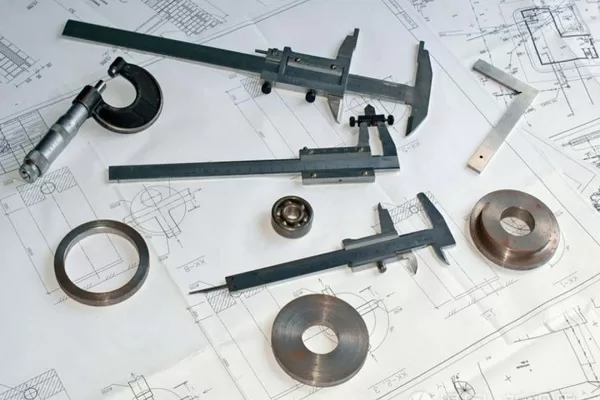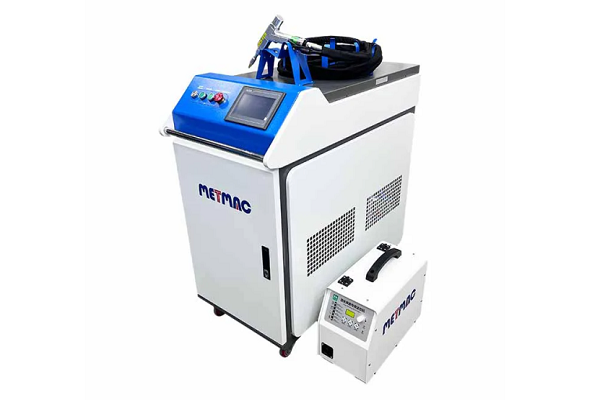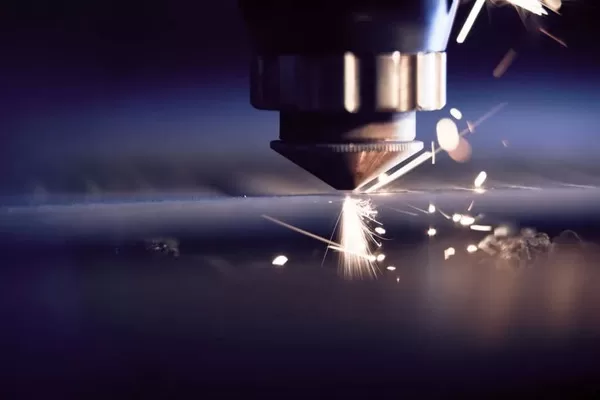
The Cost-Benefit Analysis of Investing in a Rectangular Duct Machine
- By:Metmac
- 2024-09-06
- 54
Introduction:
In the labyrinthine world of HVAC manufacturing, the rectangular duct machine stands as a pivotal investment, promising to transform operations and elevate efficiency. Its allure stems from its unparalleled ability to craft rectangular ducts with precision, speed, and cost-effectiveness. However, before embarking on this venture, it is imperative to conduct a thorough cost-benefit analysis to discern the true value it holds for your business.
Benefits:
Increased Efficiency: Rationalizing the production process through automation minimizes labor costs and human error, propelling productivity to unprecedented heights.
Enhanced Accuracy: Precision engineering and laser-guided cutting ensure that each duct meets exacting specifications, reducing rework and minimizing material wastage.
Reduced Labor Costs: Automated systems liberate skilled technicians from repetitive tasks, directing their expertise towards more value-added activities.
Lower Material Costs: Optimized nesting algorithms reduce material waste by up to 30%, translating into substantial cost savings.
Improved Project Turnaround: The streamlined production process dramatically shortens delivery times, enabling timely project completion and customer satisfaction.
Costs:
Initial Investment: The acquisition and installation of a rectangular duct machine represents a significant capital expense that must be carefully evaluated.
Maintenance and Operation: Ongoing maintenance, including scheduled servicing and occasional repairs, incur additional costs that need to be factored into the analysis.
Training: Proper training for operators is essential to maximize machine efficiency and avoid costly mistakes.
Floor Space: The machine requires dedicated floor space, which could impact overall facility layout and storage capacity.
Energy Consumption: The highly automated nature of rectangular duct machines entails increased energy usage that should be accounted for in operating expenses.
Evaluation:
To quantify the cost-benefit ratio, it is crucial to compare the projected benefits with the anticipated costs. Consider the following metrics:
Return on Investment (ROI): Calculate the time frame within which the investment is expected to yield positive cash flow.
Payback Period: Determine the duration it takes for the cost savings to cover the initial investment.
Net Present Value (NPV): Discount future cash flows to present value to determine the net benefit of the investment.
:
Investing in a rectangular duct machine can be a transformative decision for HVAC manufacturers. However, a comprehensive cost-benefit analysis is essential to ensure that the benefits outweigh the costs and that the investment aligns with long-term business goals. By carefully evaluating these factors, businesses can make an informed decision that will drive profitability and operational excellence.
-
The Advantages of Using a Sheet Roll Forming Machine in Manufacturing
2024/09/14 -
How to Optimize Your Laser Sheet Cutting Machine for Maximum Performance
2024/09/12 -
How to Maximize Efficiency with Modern Sheet Metal Working Machines
2024/09/04 -
The Environmental Benefits of Using Duct Board Grooving Machines
2024/09/03
-
A Guide to the Latest Innovations in Sheet Metal Folding Machines
2024/11/29 -
Key Features to Consider When Investing in a Sheet Metal Folding Machine
2024/11/28 -
Enhancing Precision with Advanced Sheet Metal Folding Machines
2024/11/27 -
How to Choose the Right Sheet Metal Folding Machine for Your Workshop
2024/11/26



